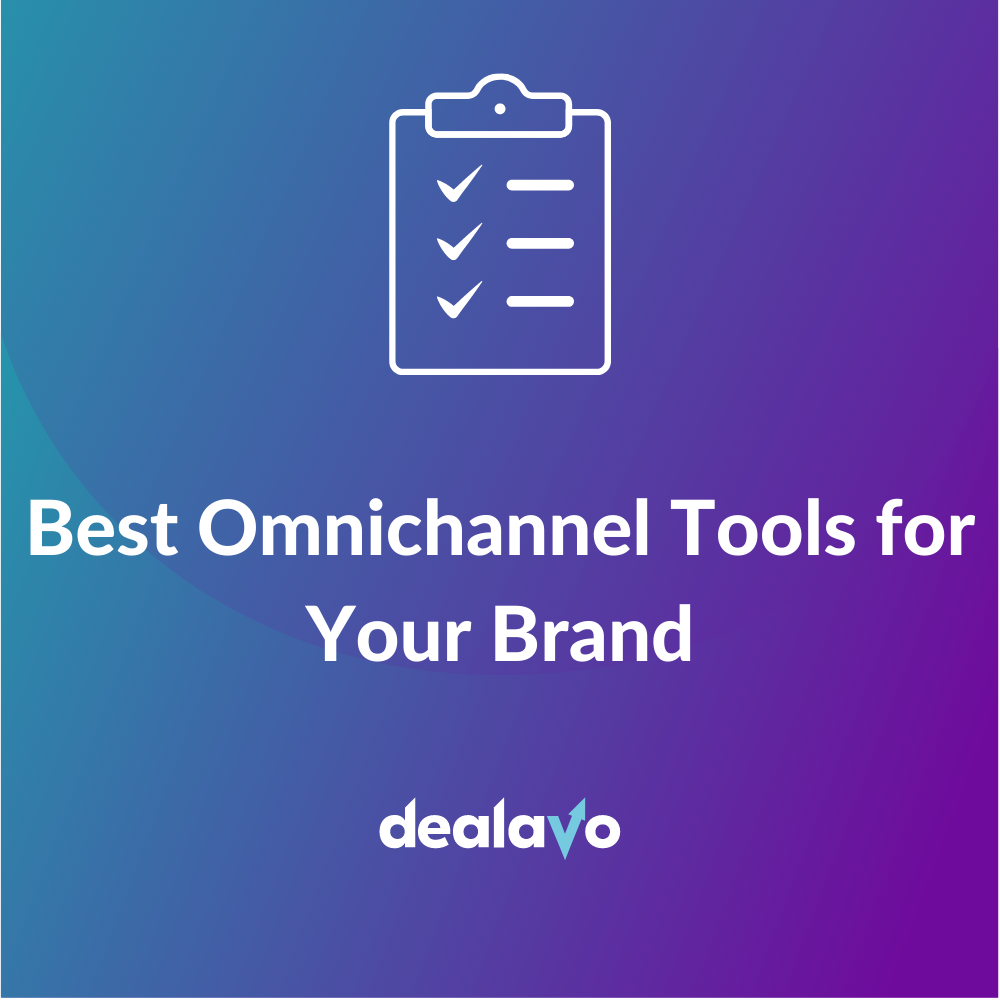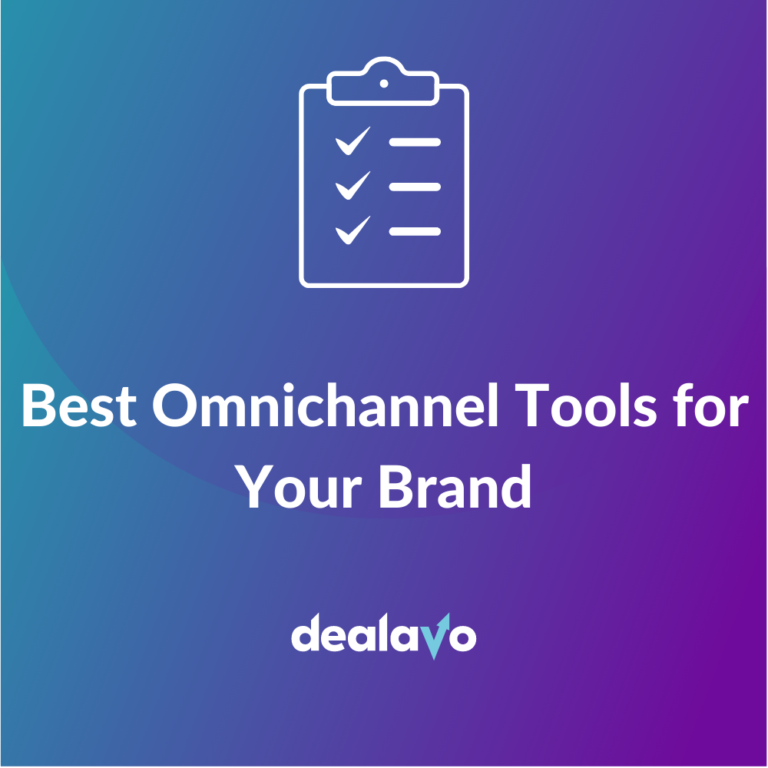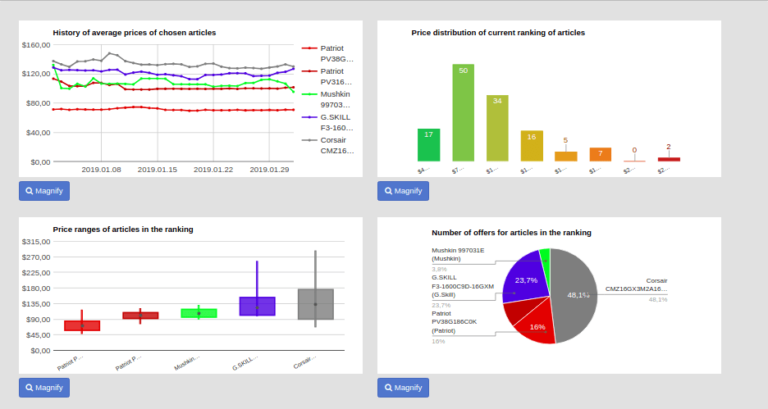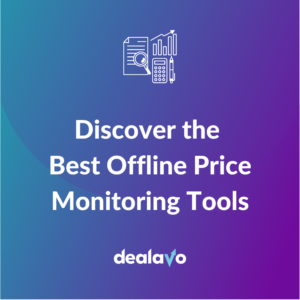
Discover the Best Offline Price Monitoring Tools
- 18 May 2023
Whether you run an online store or a brick-and-mortar business, you usually compete with all retail businesses – both online and offline. That said, if you want to be successful in this competition, you need to have access to pricing information coming from both online and offline channels. That’s what offline price monitoring is all about. And today, we want to show you four tools that enable just that.
It is no secret that prices can differ not just between companies but also between sales channels (the same company can have different prices for a given product in their online store and in offline offers) and even between locations (a product X can be cheaper in a location where it’s less popular or less needed).
So yes, if you want to know what’s going on in your sector price-wise, you need access to both online and offline data. When it comes to online data, it’s no difficult task today, really. All you need is to set up a platform that crawls through hundreds of websites and collects pricing data. It can be done, and there are multiple tools allowing effective online price monitoring.
But what about offline data? This question is far more complicated. After all, you can’t have thousands of people visiting brick-and-mortar stores and taking pictures of products and their prices, right? It would be time-consuming and ineffective. There are three standard approaches to this question, but before we get to them, let’s have a look at what you need before you can start monitoring prices offline.
Offline Price Tracking – What Do You Need?
In order to fully benefit from offline price tracking, you need to focus on three crucial elements.
Select your main competitors
When selling products online, you’re competing with the whole country (after all, a person living in Huston, Texas, can order a product from a store located in Chicago or in Los Angeles, the process is exactly the same) or even the whole world (when running an international store). With offline trade, it doesn’t work the same.
Imagine a small, local store selling garden equipment. There are no big-box stores nearby, so can we say that Home Depot or Leroy Merlin is a competition for such a business? Rather not. So, the first step is to select your competitors. Ask yourself this question: What alternatives do my potential customers have when it comes to offline shopping? Every store that comes to your mind is your competitor and should be put on your list.
Define your brand image
The next step is all about your business model. Again, let’s analyze a quick example – you run a store selling leather goods, perhaps purses and bags. Your prices reflect the quality of the product and materials used, but they are nowhere near prices imposed by those big premium brands. Again, are those premium brands your competitors? To some extent, perhaps, but it’s not your direct competition. And vice versa, Primark is not a competitor of Burberry even though technically they operate in the same sector (fashion).
When you’re selecting your competitors, analyze their profiles and business model as well. If their offer differs drastically from what you offer, perhaps you should remove them from your list. Concentrate on businesses that have the same or at least a similar brand image.
Set a strategy for reviewing and changing your prices
The last element is also important. After all, getting prices is just one step. Acting on this input is the other. You need to know what to do with your prices once you get information from the market. There is no one-fits-all solution here; it all depends on your products, profit margins, target audiences, and business profile. We talk a lot about different pricing strategies on our blog. If that’s something you need some help with, start there. We especially recommend you read this post: Pricing strategies for retailers and manufacturers – find the one for you and increase profits.
With this introduction done, let’s have a look at how offline price monitoring can be done.
How is Offline Price Tracking Possible?
Price monitoring in offline stores is made possible through the use of various technologies, but there are three approaches that come to the fore:
- Electronic shelf labels (ESLs): These are digital price tags that are connected to a central system and can be remotely updated with pricing information. Retailers can monitor and adjust prices across multiple stores simultaneously.
- In-store cameras paired with computer vision: These cameras can capture images of product shelves, and CV algorithms analyze all the captured images and extract pricing information from them.
- Partnerships with stores: The last common option is based on partnerships with retailers (so that they provide access to their data). These platforms collect data from various sources, including point-of-sale systems, and analyze it to generate insights on pricing trends and competitor analysis.
Sometimes, more than one approach is used to increase the accuracy of incoming data. Every platform has its own solution, and usually, the information on how offline data is collected is not available publicly as it’s part of the given company’s know-how.
4 Best Offline Tracking Tools
As we mentioned in the introduction to this post, there are at least four companies offering offline price monitoring. Let’s have a look at them:
PriceIntelGuru
PriceIntelGuru.com is a price monitoring platform that monitors both online and offline retail stores. Users value it for its intuitive interface and powerful features. The company brags that its solution is up to 10x quicker than manually checking product prices and stock in physical stores. PriceIntelGuru.com enables retailers to optimize their pricing strategies, monitor competitors, and make data-driven decisions to maximize profitability in the offline retail space.
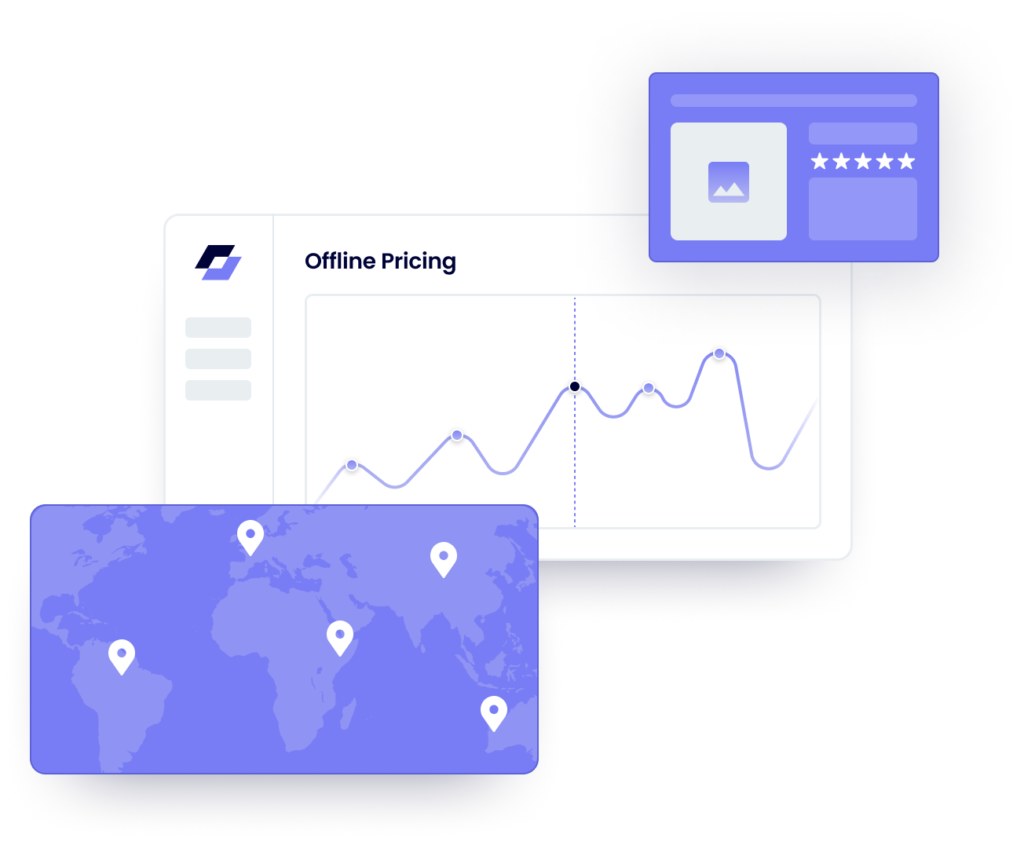
Source: https://www.priceintelguru.com/offline-pricing
InStore™ Offline Price Checking
In essence, this solution is an in-store price-checking app that enables both online and offline companies to discover prices, promotions, and stock in selected brick-and-mortar retailers. InStore™ is integrated with Minderest’s pricing tool enabling users to analyze data from both online and offline sources in one dashboard.
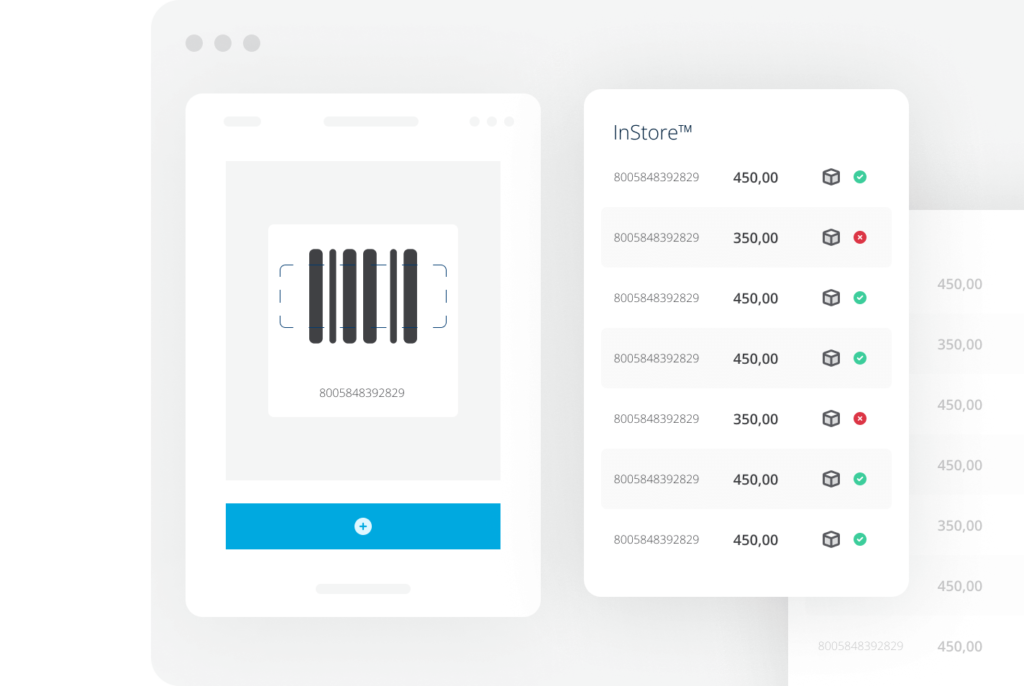
Source: https://www.minderest.com/price-and-stock-checks-competitors-physical-stores
Cenix
It’s a Russian platform that uses neural networks, computer vision (AI-related technologies), and cloud technology to monitor prices in brick-and-mortar stores. With Cenix, users create personal accounts where they can set up each of their stores’ nearest competitors.
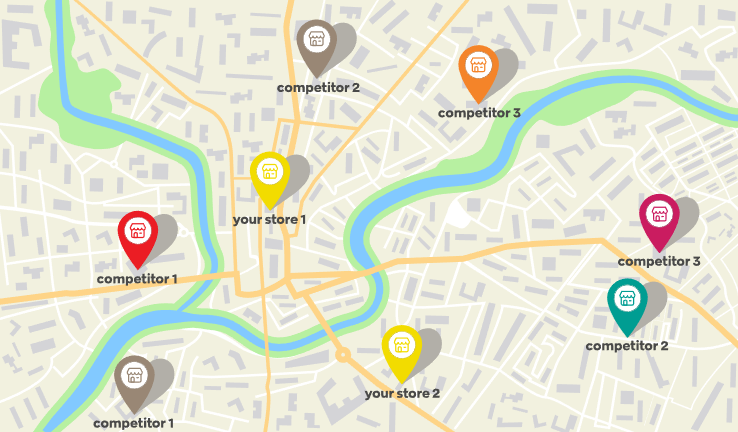
Source: https://cenix.pro/offline/
Dealavo
If you read our blog, you surely already know that Dealavo is a comprehensive pricing platform enabling both price monitoring and dynamic pricing. Our platform is adjusted to collect data from both online and offline sources. Our offline price monitoring is paired with advanced price intelligence software. This combination plays a huge role in offline price monitoring. As a database, pricing intelligence may be created for offline competitors. This database is focused mainly on the local areas and local clients, thus giving you access to accurate and relevant data.
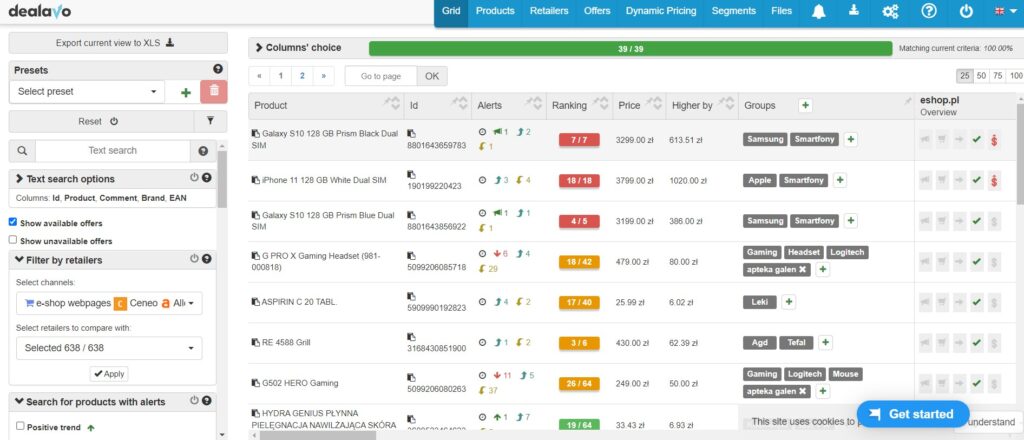
Do you want to know more about our platform? We encourage you to request a demo of it. This will give you a better view of what we offer. It’s definitely worth the shot, as our platform is comprehensive support for retailers, offering far more than just online/offline price monitoring. See for yourself today!


